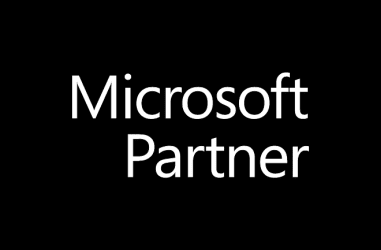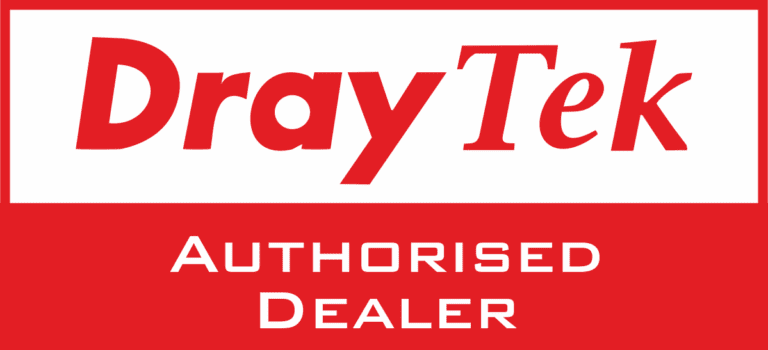Introduction
Here are just a few of the benefits of moving to the cloud:
- You can access your data from anywhere
- You don’t have to worry about hardware maintenance or upgrades
- There’s no need for expensive in house IT staff
- Your data is secure in the cloud and often more secure than keeping it elsewhere
- Cloud-based applications are often cheaper than traditional software licenses
- The cloud is scalable, meaning you can add more resources as your business grows
- It’s environmentally friendly – using the cloud cuts down on energy usage, as compared to running your own systems
To help you decide, please find below answers to some of the most common questions people ask when considering the benefits of moving to the cloud.
What is Cloud Computing?
A technical answer: Cloud Computing is a model for enabling ubiquitous, convenient, on-demand network access to a shared pool of configurable computing resources (e.g., networks, servers, storage, applications and services).
In plain English: it’s a one-time investment in high-quality hardware and software systems that can be deployed in minutes and allow you to run your business from anywhere.

Cloud Computing offers:
Cost savings: Cloud Computing is an affordable way for businesses to scale their operations when they need it the most.
Time savings: Automation and scalability mean you don’t have to worry about managing hardware and systems management. This allows your staff to focus on activities that add value and competitive advantage without wasting valuable time on inefficient tasks.
Security: Security is another significant benefit of cloud computing. Cloud providers manage and protect your data in ways that you may not be able to do on your own. One of the most powerful aspects is an “economy of scale” with larger companies offering more security than most small businesses can provide for themselves.
How long will it take me to switch to the cloud?
Switching to the Cloud is easier than you might think.
To create an account, all that’s needed is a device (e.g. laptop, tablet, or phone), an Internet connection, and an app with your cloud provider of choice. The software used for this process is intuitive and user-friendly. Setting up your access to it typically then takes less than 10 minutes providing you have all of the required information to hand.
If you have systems, data or processes to move across into your new app it can take a little while to get fully set up, but typically you can start familiarising yourself with your new cloud system straight away.
For complex switches, you may need the help of a professional IT company to guide you and do some of the more techy things.
What are the most common reasons to use the cloud?
Businesses are often hesitant to make the switch, but the truth is, almost every small business can benefit from at least some cloud-based systems. Whether you’re looking for better security, more time or savings on hardware, or just want to keep up with trends in technology, it’s worth considering the benefits of employing cloud-based systems.
Some of the most common reasons to use cloud-based systems are:
Security: With security being a major concern for many small businesses who are considering switching to the cloud, it’s important to be aware of how big companies are able to offer more security than other alternatives.
Ease of use: The transition process is easier than you might think. It typically takes less than 10 minutes to make the switch. After that, you’ll need some time to familiarise yourself with your new cloud-based system.
Time saving: Cloud computing technologies are typically easy to use, fast and effective. Rather than wasting precious time on tasks like managing hardware platforms or deploying IT infrastructure.
How does cloud storage work?
One of the primary benefits of cloud-based storage is the capability to access and share data from anywhere and on any device.
One way to think about it, for example, is an online hard drive that offers access to your data from any location with an Internet connection.
You can copy or synchronize your documents and files, upload them remotely, and share them with others who have been given permission to view those files as well. This allows you to collaborate remotely as if you were co-workers in the same office.
Since all of these data are stored in a ‘virtual’ space, you don’t have to worry about backing up every last detail because everything is backed up automatically should anything happen.
Can cloud storage be hacked?
This is a common concern for businesses when making the switch to cloud-based storage, but the truth is that providers have invested heavily in security measures, and your data is typically more secure in the cloud than on your own systems.
Where are cloud services located?
Cloud services are available anywhere in the world where there is access to the Internet.
Your data can also be stored anywhere in the world, but many cloud service providers will allow you to choose where you’d like it to be stored. For example, depending on your type of business, or the type of data being stored, you may need to ensure that your data doesn’t leave the UK. It would usually be possible to ensure this.
Why cloud computing is important?
There are many reasons why cloud computing is important but one of the most important is that it can help organisations save money.
With cloud computing, businesses can reduce their IT costs because they no longer need to invest in hardware and software to run their applications, or staff to support them.
In addition, businesses can also save money on energy costs, because they no longer need to power and cool their equipment and data centres.
Cloud computing can also help businesses become more agile and responsive to changes in the marketplace. By using cloud-based applications, businesses can quickly deploy new applications and services to meet the needs of their customers.
Cloud computing can also help businesses improve their disaster recovery plans, by allowing them to back up their data to remote data centres.
***
Which cloud apps are best for small business?
At time of writing, there is a bewildering assortment of cloud apps available for small businesses to use. The phrase ‘there’s an app for that’ applies as much to cloud apps now as it did when the Apple iPhone first came out and people were excited about all the different things that it had suddenly become possible to do then.
I’ve listed below some of the more popular applications used by our small business customers. Or, for some free impartial advice please get in touch and we’d be happy to help.
Microsoft Office 365
Office 365 is a subscription service that offers access to the latest versions of Microsoft Office applications, as well as other productivity services, for a monthly or annual fee. It is designed for business users who need a dependable and productive Office experience across devices.
OneDrive for Business
OneDrive for Business is a cloud storage and file sharing service that is part of Office 365. It enables users to store files in the cloud, share them with others, and access them from devices including PCs, Macs, tablets, and smartphones. Files can be shared with other Office 365 users or anyone with a link.
Xero
Xero is a cloud accounting and bookkeeping service that offers small business owners the ability to manage their finances and run their businesses from anywhere, at any time.
In the UK in particular it has become a very popular replacement for Sage Line 50 due to its comparative cost-effectiveness and tremendous integration options with other cloud applications.
Quickbooks Online
QuickBooks Online is another cloud-based accounting provider that helps with the accounts for you and your business. QuickBooks for many years has had a great track record for creating easy-to-use accounting software and they have successfully transferred their solution into the cloud.
In the past, Quickbooks was typically better for very small businesses, but this is less the case nowadays and is worth a look.
Trello
Trello is an organizational tool that not only tracks what you’ve done, but also what you’re supposed to do. Trello is designed to organize anything—from your daily work life to a favorite pastime. With drag and drop built in, it’s very easy to use.
It’s also pretty good for collaboration – you can share tasks and other items between different people in your team.
When are cloud apps not appropriate for a business?
Larger, specialist or growing companies may find there are limitations in using subscription-based cloud apps from third-party cloud app providers.
For example, the cost benefits of moving to the cloud decrease considerably once you have a large number of users, or a large number of interconnections between different systems and applications.
Highly specialised systems and applications also may not be possible to move into a more generic cloud app without considerable effort and adaptation.
Companies in this position may wish to move instead to a more hybrid environment – perhaps continuing with some of the systems they are used to using, but moving them into the cloud and either continuing to manage them themselves, or enlisting the help of an IT company to look after the environment for them.
There are a few cloud platforms that are available for this purpose. The three most popular ones are Microsoft Azure, Google Cloud Platform, and Amazon Web Services.
Each of these platforms has their own strengths and weaknesses, beyond the scope of this article, but I’ve listed some brief details of each below.
Google Cloud Platform
Google Cloud Platform is a good option for small businesses because it is affordable and easy to use. It also has a lot of features that are helpful for businesses, such as storage, compute, and BigQuery. However, Google Cloud Platform is not as widely used as other platforms, so it may be harder to find help if you need it.
Amazon Web Services
Amazon Web Services (AWS) is a subsidiary of Amazon.com that provides on-demand cloud computing platforms to individuals, companies and governments, on a pay-as-you-go basis. AWS is one of the world’s largest cloud computing platforms, with more than a million active customers as at 2020.
Amazon Web Services is very widely used and has a lot of features. However, it can be expensive and difficult to use for beginners.
Microsoft Azure
Microsoft Azure is a cloud computing platform and infrastructure, created by Microsoft for building, deploying and managing applications and services through a global network of datacenters. It provides both PaaS and IaaS services and supports many different programming languages, tools and frameworks, including both Microsoft-specific and third party.
It is an open, flexible, enterprise-grade cloud platform that supports both virtual machines and containers.
Conclusion
I hope you’ve found this article on what are the benefits of moving to the cloud of help to you. If you have any comments or suggestions on how we could improve it, please leave them below.








































One Response
Thank you for this excellent article It was very helpful and informative.